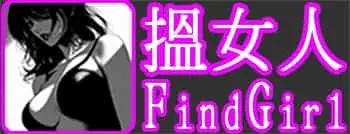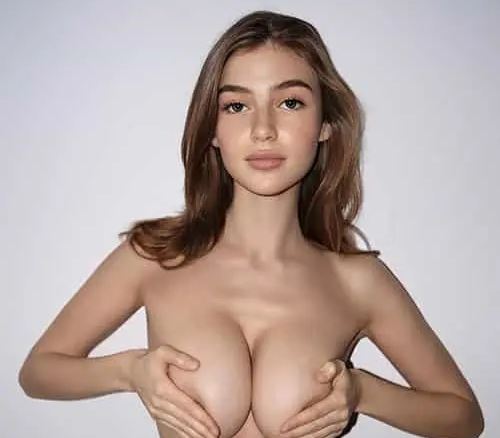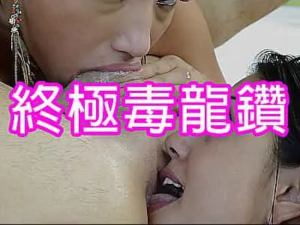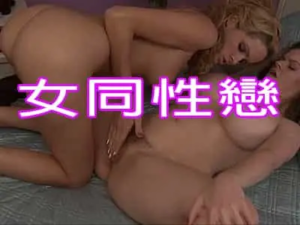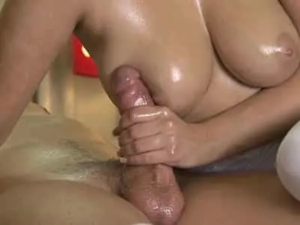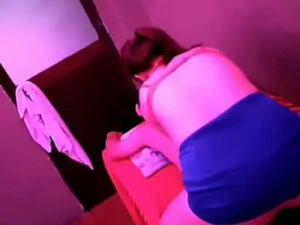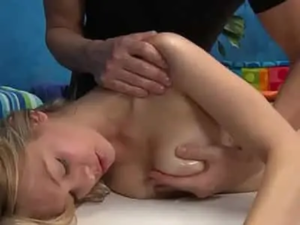Cupping therapy
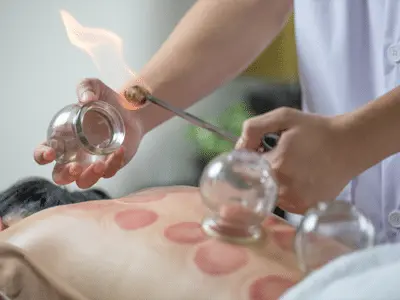
Table of contents
拔罐是一種傳統中醫療法,起源於China,已有數千年歷史,主要用於促進健康、緩解疼痛和改善身體機能。它通過在皮膚表面製造負壓,使局部組織充血,從而刺激血液循環、放鬆肌肉並促進氣血運行。拔罐常用於治療肌肉酸痛、感冒、疲勞、消化問題等症狀,在中醫理論中被認為能驅除體內的「濕氣」和「寒氣」。
通過在皮膚上放置杯子並創造負壓,來促進血液循環、緩解肌肉緊張和減輕疼痛。該療法起源於中國,歷史可追溯至戰國時期的《五十二病方》,並在不同文化中廣泛應用,包括希臘、羅馬、伊斯蘭醫學和歐洲醫學。
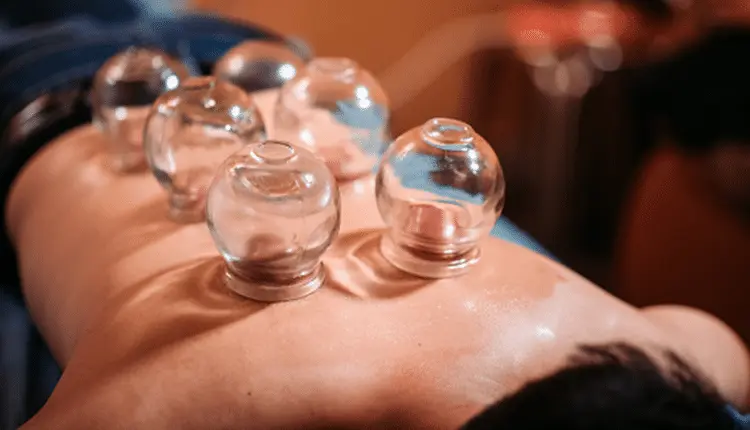
Historical and cultural background
Cupping was first seen in medical literature during the Warring States Period in China, and was recommended by the Prophet Muhammad in Islamic medicine, and later spread to Asia and Europe. The 4th-century Chinese physician Ge Hong documented its use, and in the early 20th century the Western physician William Osler recommended it for the treatment of pneumonia. Cupping has been part of traditional Chinese medicine in Chinese hospitals since the 1950s.
Definition and Principle
Cupping is an alternative therapy that uses negative pressure to draw the skin and superficial muscles into the cup, causing local blood vessels to dilate and increase blood flow. This negative pressure may stimulate the body to release chemicals that promote healing, such as antioxidant enzymes, and regulate inflammatory responses. Modern research shows that cupping may cause capillary rupture, secreting "hemoglobin oxidase-1" (HO-1) during metabolism, further inhibiting local inflammation and increasing blood circulation.
The specific operation of cupping usually uses glass jars, bamboo jars or plastic jars as tools. During treatment, the masseur will light an alcohol cotton ball in the cup or use other methods to create a vacuum, and then quickly attach the cup to the skin. It is often used on acupuncture points or painful areas such as the back, shoulders or waist. After adsorption, the negative pressure in the cup will pull the skin and superficial muscles, causing the local skin to turn red or purple bruises to appear (called "cupping marks"). These marks usually disappear within a few days to a week. Cupping can be divided into dry cupping (using only negative pressure) and wet cupping (puncturing the skin to drain a small amount of blood before cupping). In addition, there is sliding cupping therapy, which massages the skin by moving a cup after applying lubricant.
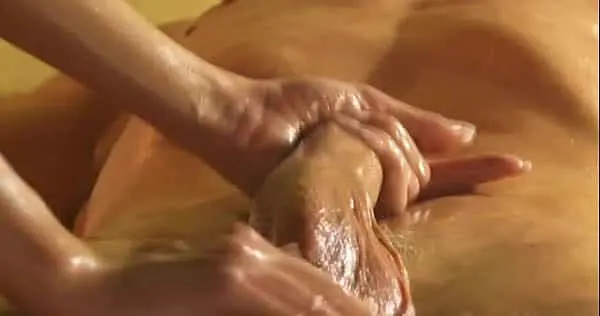
Benefits of Cupping
These include relieving muscle tension, promoting lymphatic circulation, enhancing immunity and relieving stress. However, cupping is not suitable for everyone. For example, pregnant women, people with sensitive skin or people with bleeding tendencies should avoid using it. Modern research is mixed on the effectiveness of cupping, with some studies supporting its effectiveness for pain management, but scientific evidence is still limited.
傳統中醫認為拔罐能平衡陰陽、調和臟腑、疏通經絡、祛除病邪。現代研究顯示,拔罐對肌肉骨骼痛和肌筋膜痛有輕微至中度的緩解作用,可能通過增加血流和減輕炎症達到效果。然而,這些益處可能部分來自安慰劑效應。其他聲稱的用途包括治療發燒、消化不良、高血壓、皮膚病(如濕疹、銀屑病)、貧血、中風康復、鼻塞、不孕和經痛,但缺乏確鑿證據支持。
Studies show it can be mildly to moderately helpful for muscle soreness, but its effectiveness remains controversial.
Side effects of cupping
Cupping is usually harmless to most people, but it may cause:
- Skin discoloration, possible burns or infection, use with caution. Side Effects and Risks Skin discoloration or bruising that lasts for days to weeks and may be mistaken for abuse.
- Fire cupping may cause burns, and wet cupping carries a risk of infection.
- Local adverse reactions include scarring, skin ulcers, erythema, and pain.
- There is a theoretical risk of infection, but no relevant reports have been made as of 2012.
In some cases, cupping may aggravate skin conditions such as eczema or psoriasis, especially with frequent use.
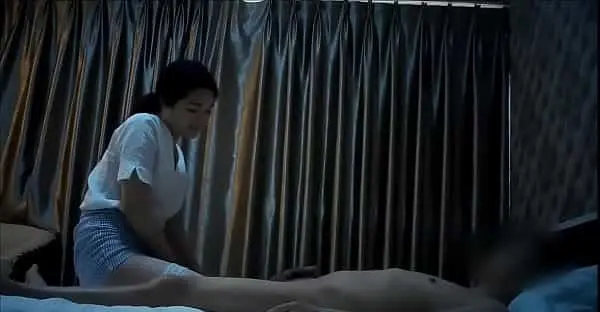
Methods and techniques
There are various methods of cupping, which can be divided into dry cupping, wet cupping, massage cupping and flash cupping according to the technique. Suction methods range from light, medium, and strong, and include cupping (using flames to create negative pressure), manual pumps, and electric pumps. Common materials include glass, bamboo and silicone cups, which can be filled with herbs, water, ozone or moxa. Modern athletes occasionally use cupping to aid muscle recovery. Here are the main methods:
| method | describe | Applicable situations |
|---|---|---|
| Dry Cupping | It only absorbs the skin through negative pressure without damaging the skin | General muscle tension and pain relief |
| Wet Cupping (Hijama) | A small incision is made in the skin and blood is drawn | Acute injuries, blood circulation problems |
| Cupping | Use flames to create negative pressure, possibly using massage oils | Traditional treatments, be aware of the risk of burns |
| Canning | Move the cups across the skin for tight fascia | Increase flexibility and improve blood flow |
| Flash Can | Quickly apply and remove cups to ward off evil spirits | Treating the initial stage of a cold |
Cupping usually takes 5-15 minutes and is performed on the back, chest, abdomen and limbs, depending on the treatment needs.
The color of the skin after cupping can be used to preliminarily diagnose the constitution:
- Pink: Qi and blood flow smoothly, normal.
- Purple-black: Qi and blood stasis, it is recommended to exercise more and drink more water.
- Red: Excessive heat in the body, it is recommended to eat less spicy food.
- Grayish white: weak body, need to rest.
- Watery: Heavy dampness and toxicity, it is recommended to eat less cold drinks.
Taboos and precautions
Cupping is not suitable for the following people:
- People with high blood pressure or heart problems (Cambodia's Ministry of Health warned of health risks in 2016,
- People with skin ulcers, open wounds or diseases.
- The abdomen or sacral area of pregnant women (traditional Chinese medicine advises to avoid).
- Elderly people and infants (fragile skin).
- People with blood diseases (such as low platelets, leukemia) or taking anticoagulant drugs need to use light pressure for a short time.
- Those with heavy menstrual periods, anemia, or weak constitution may experience aggravated symptoms.
Avoid taking a bath immediately after treatment, especially a cold bath, to prevent skin breakdown or chilling.
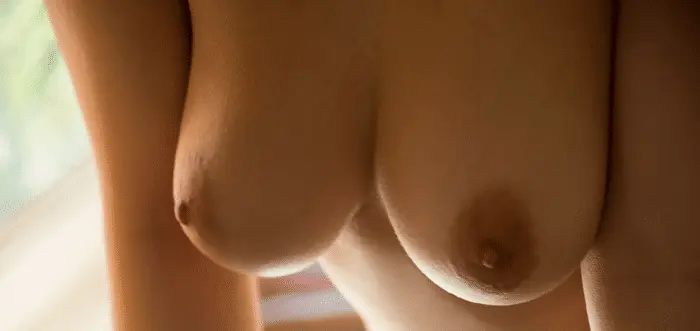
Potential risks
Cupping may cause skin discoloration, burns, or infection, especially with fire or wet cupping. It is not suitable for use by certain groups of people, such as pregnant women and patients with hypertension.
When receiving cupping, you should choose a professional therapist to ensure hygiene and safety to avoid burns or infection. You may feel some mild discomfort after the treatment, but this is usually followed by a feeling of relaxation. Cupping is often combined with acupuncture or massage to enhance the therapeutic effect. If you are interested in cupping, it is recommended that you consult a professional and determine whether it is suitable based on your own condition.
Modern Applications and Controversies
近年來,拔罐在西方國家,尤其是運動員中流行,如奧運游泳選手常見拔罐痕跡,聲稱幫助肌肉恢復和減輕痛楚。然而,拔罐被視為偽科學,缺乏強有力的臨床證據支持其療效。一些專家認為其益處可能主要來自安慰劑效應,需更多研究驗證。
Further reading:
